The Elastography Imaging Market is currently characterized by a dynamic competitive landscape, driven by technological advancements and increasing demand for non-invasive diagnostic techniques. Major players such as GE Healthcare (US), Siemens Healthineers (DE), and Philips Healthcare (NL) are at the forefront, focusing on innovation and strategic partnerships to enhance their market presence. GE Healthcare (US) emphasizes the integration of artificial intelligence (AI) into its elastography systems, aiming to improve diagnostic accuracy and streamline workflows. Siemens Healthineers (DE) is actively pursuing regional expansion, particularly in emerging markets, to capitalize on the growing healthcare infrastructure. Meanwhile, Philips Healthcare (NL) is concentrating on digital transformation, leveraging cloud-based solutions to enhance data management and patient outcomes, thereby shaping a competitive environment that prioritizes technological sophistication and operational efficiency.
In terms of business tactics, companies are increasingly localizing manufacturing to reduce costs and optimize supply chains. The market structure appears moderately fragmented, with several key players exerting influence while also facing competition from smaller, specialized firms. This fragmentation allows for diverse offerings and innovation, as companies strive to differentiate themselves through unique product features and enhanced service capabilities.
In November 2025, Siemens Healthineers (DE) announced a strategic partnership with a leading AI firm to develop advanced imaging algorithms for elastography applications. This collaboration is poised to enhance the precision of elastography assessments, potentially leading to improved patient outcomes and positioning Siemens as a leader in the integration of AI within medical imaging. The strategic importance of this partnership lies in its potential to set new standards in diagnostic accuracy, thereby attracting a broader customer base.
In October 2025, GE Healthcare (US) launched a new elastography imaging system that incorporates real-time data analytics, allowing clinicians to make more informed decisions during examinations. This innovation not only enhances the user experience but also aligns with the growing trend towards data-driven healthcare solutions. The launch signifies GE's commitment to maintaining a competitive edge through continuous innovation and responsiveness to market needs.
In September 2025, Philips Healthcare (NL) expanded its elastography portfolio by introducing a mobile elastography device designed for point-of-care settings. This move reflects a strategic focus on accessibility and convenience, catering to the increasing demand for portable diagnostic solutions. The introduction of this device is likely to enhance Philips' market share by addressing the needs of healthcare providers in diverse environments.
As of December 2025, the competitive trends in the Elastography Imaging Market are increasingly defined by digitalization, sustainability, and the integration of AI technologies. Strategic alliances are becoming more prevalent, as companies recognize the value of collaboration in driving innovation and enhancing product offerings. Looking ahead, competitive differentiation is expected to evolve, shifting from price-based competition to a focus on technological advancements, reliability in supply chains, and the ability to deliver superior patient outcomes. This transition underscores the importance of innovation as a key driver of success in the market.
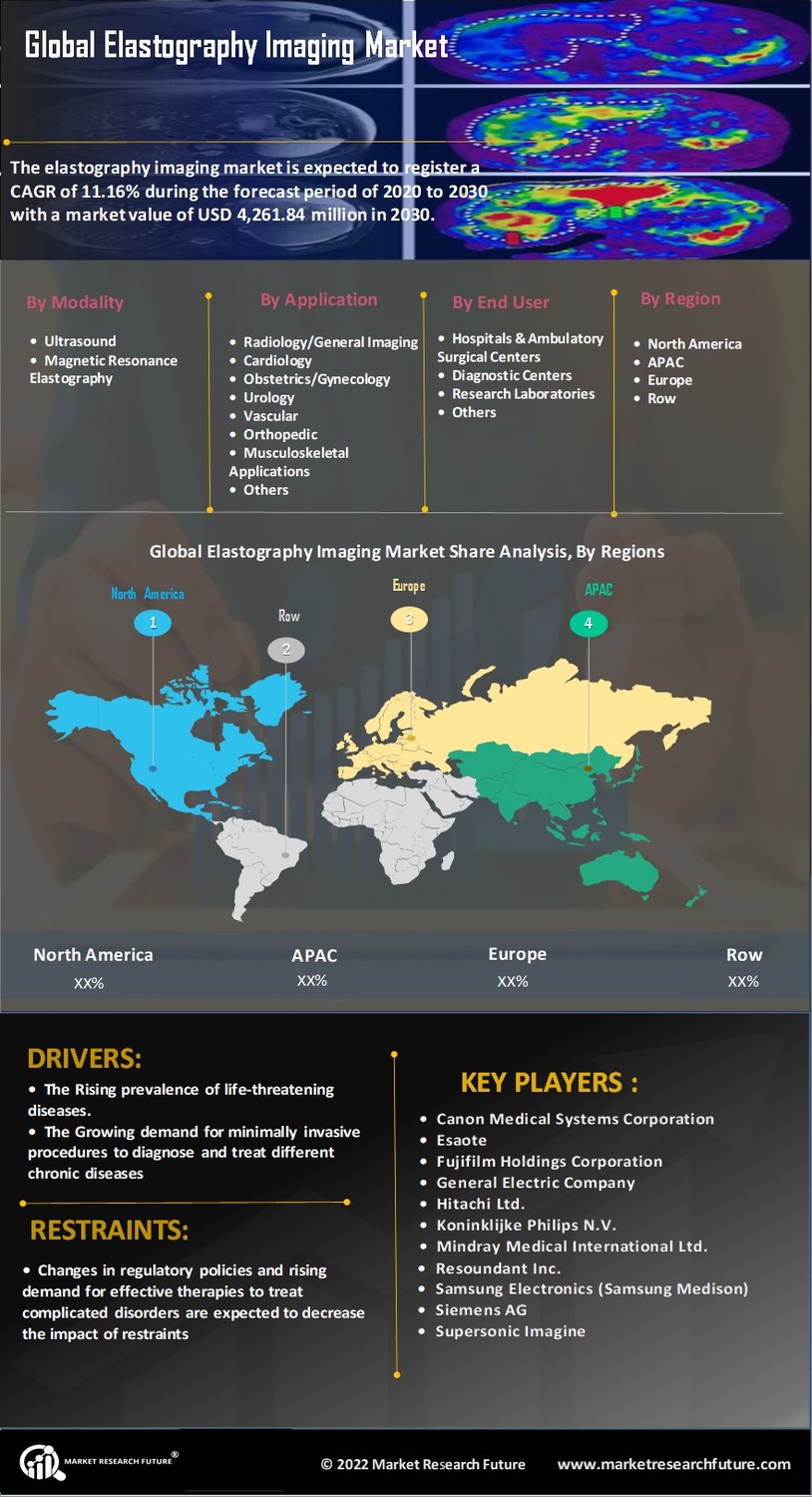

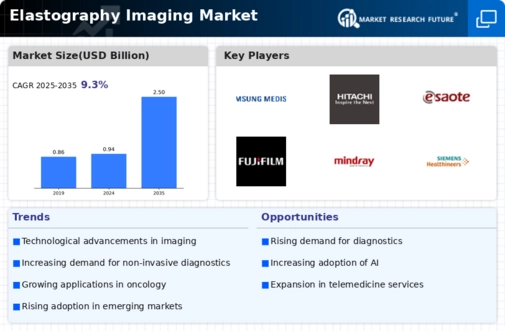
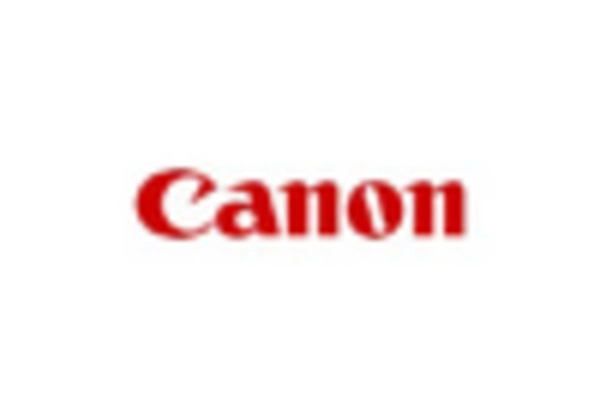
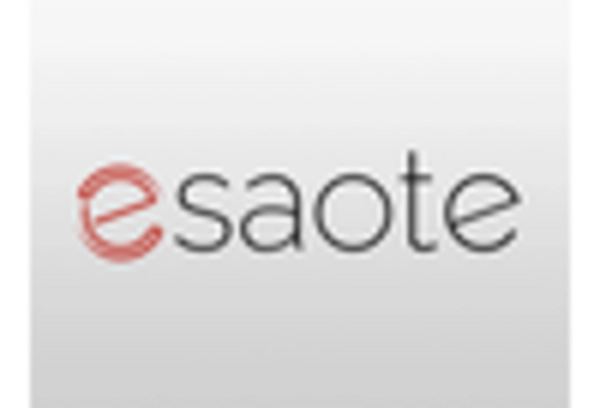
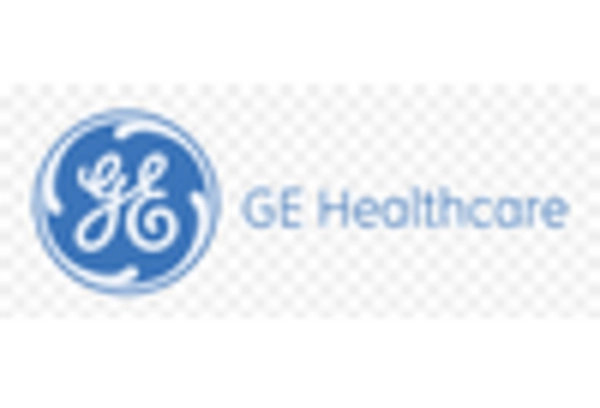

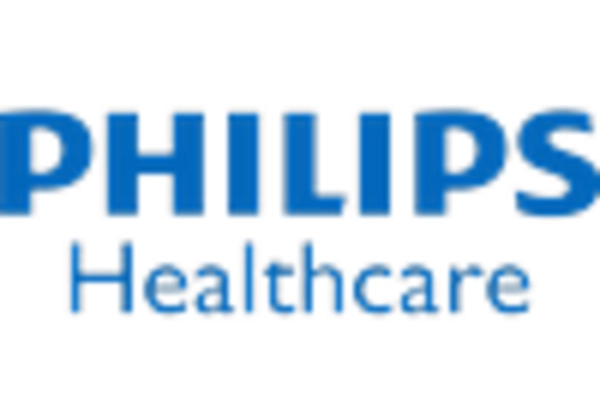
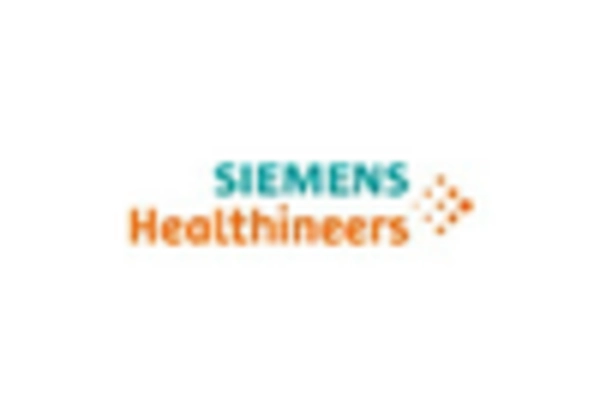








Leave a Comment